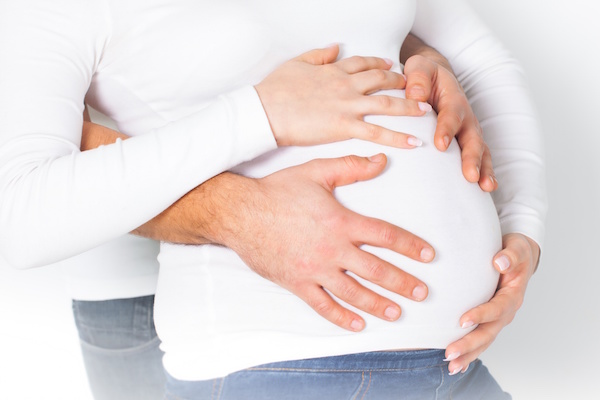
TUESDAY, Oct. 30 (HealthDay News) — The development of 6-month-old babies who are diagnosed with autism in toddlerhood is very similar to that of children without autism, a new study suggests.
“We always thought that if a child had autism, we would be able to tell during infancy . . . but we were wrong,” said study author Rebecca Landa, director of the Center for Autism and Related Disorders at Kennedy Krieger Institute in Baltimore. “At 6 months of age, babies who end up with autism by age 3 are scoring similarly on tests to children who didn’t have autism.”
The study also sheds doubt on the notion that cases of autism that are spotted early are necessarily more severe. The researchers report that youngsters with early-identified autism (spotted at or before 14 months of age) did initially perform less well than a group whose autism was identified later. However, by the time children from both of these groups reached 3 years of age the gap narrowed so that they showed very similar levels of function.
The study is published Oct. 30 in the journal Child Development.
Affecting about one in 88 American children, conditions on the autism spectrum are developmental disorders that cause difficulties in social skills, language and communication. They can range from mild to severe, and are typically identified by the age of 3.
In the new study, researchers analyzed 235 children with and without an older sibling with autism (since genetics influence risk for the disorder), testing them six times between 6 months and 36 months of age.
Among the skills tested were fine motor skills, speaking skills, understanding of spoken language and how often the children shared emotions and initiated communications with others.
Children with autism typically developed noticeable symptoms either around their first birthday or later in toddlerhood but still prior to their third birthday. The study authors said that this is the largest longitudinal study to date that compares children with early/later diagnoses of autism against children without autism.
“Autism has historically not been recognized in infancy, under 12 months, and becomes more evident in the second or third year,” explained Dr. Andrew Adesman, chief of developmental and behavioral pediatrics at Steven and Alexandra Cohen Children’s Medical Center of New York in New Hyde Park. “The piece [of the study] that’s surprising is that the typical presumption is that kids who present earlier are likely to have a more severe form of autism — but that’s not what they found.”
Landa, who has done extensive research on autism, said that “it’s never too early” for pediatricians and parents to be alert to potential signs of autism in infants, which don’t always center on language and social delays. For example, she said, some babies who go on to develop autism exhibit poor “postural control” at age 4 months and cannot control their neck muscles when pulled up to a sitting position.
“We really should be screening for general developmental delays at the first birthday,” Landa said. “We shouldn’t lock ourselves into screening for autism specifically . . . what we want to do now is help parents and pediatricians start looking for some of these more qualitative markers.”
“We need to heighten parents’ awareness of the fact that, when they start to see their child might not be showing steady gains in development, to have someone keep an eye out because there are so many wonderful things we can do while the brain is young and malleable,” she added.
More information
There’s more on diagnosing an autism spectrum disorder at Autism Speaks.

